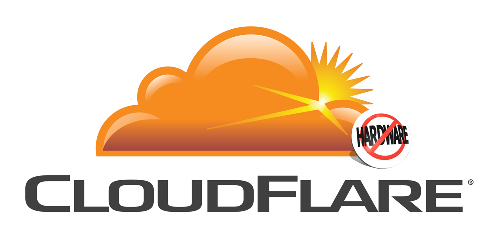CIA details agency’s new digital and cyber espionage focus
It seems like it might be about 10 years too late to the party but come October 1, the Central Intelligence Agency will ad a new directorate that will focus on all things cyber and digital espionage.The CIA’s Deputy Director David Cohen to a Cornell University audience last week that once the new Directorate of Digital Innovation (DDI) is up and running “it will be at the center of the Agency’s effort to inject digital solutions into every aspect of our work. It will be responsible for accelerating the integration of our digital and cyber capabilities across all our mission areas—human intelligence collection, all-source analysis, open source intelligence, and covert action.”To read this article in full or to leave a comment, please click here

 ZTE opens an OPNFV test bed and starts collecting NFV partners.
ZTE opens an OPNFV test bed and starts collecting NFV partners. Join SDxCentral and Brocade for the SDN Controller Report webinar on September 29th at 10:00am PT. Register today!
Join SDxCentral and Brocade for the SDN Controller Report webinar on September 29th at 10:00am PT. Register today!




 Ericsson and Huawei pitch in for the fourth ONOS code release in 10 months.
Ericsson and Huawei pitch in for the fourth ONOS code release in 10 months.